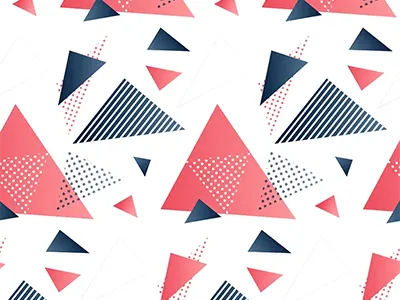
Emojis are cute, and they make conversations fun. Recently, customer service teams have been using them in customer interactions. Is this just a passing trend or are they effective? Are they even appropriate in business settings?
Let’s look at some facts and figures:
- Posts with emojis get more shares than those without them according to a research conducted by the University of Cambridge Computer Laboratory
- Emails with appropriate emojis are 95% more likely to get opened
- Each region has their favorite emoji:
- The British love the raised hands emoji 🙌
- The French respond well to a winking face 😉
- The Germans are cool with the sunglasses emoji 😎
Emojis and the Human Brain
In another research that focuses on emojis, scientists say that the regions in our brain that respond when we look at a smiley face emoji is the same as when someone smiles at us. The explanation is simple: it resembles the human face. Therefore, the emojis we use to represent our feelings affect the person we are talking to, too.
Emojis are as powerful as our facial expressions. They can help us quickly establish a rapport with our customers. They can also help soften the conversation, especially in a bad situation.
For example, imagine you cannot immediately provide the product the customer want. You can say:
Sorry, we don’t have that in our inventory yet. However, we can call you as soon as the stock arrives.
OR
Sorry, we don’t have that in our inventory yet 😔. However, we can call you as soon as the stock arrives 😃.
The first response without the emojis sounds neutral, even impersonal. In contrast, the second response allows the customer to feel that you understand their frustration and that you don’t like the situation. The smiley face, on the other hand, conveys a message that it’s your pleasure to do that favor for them even if you don’t verbalize it.
I Sent a Smiley Face, but I Got Back a Frown
Emojis are powerful… if used at the right moment. In other words, you can’t just use emojis in every conversation. You have to discern when is the proper time to use them. For example, if a customer is utterly frustrated, an emoji is unlikely to diffuse the situation and can even worsen it.
Moreover, you also have to think about the kind of message you’re going to send before placing an emoji. Take the message below as an example:
We regret to inform you that we are canceling your subscription as we haven’t received payment for the last three months. 🙁
As a business, missed payments means missed revenues, and that can leave you frustrated. You can remind your customer about that, but it might not be a good idea to use a frowning face, no matter how disappointed you feel.
Getting Out of the Twilight Zone 🤔
The use of emojis when talking to customers is a tricky business. While common sense will surely save you, there are certain situations when you might have difficulty deciding whether to use an emoji or not. Here are a couple of practical tips for those confusing, grey areas:
-
Consider the platform you’re using
Social media platforms like Facebook and Instagram are more casual than LinkedIn. Thus, it feels more natural to use emojis when talking with customers on these platforms than on LinkedIn, where you connect with people on a business level.
-
Refrain from using negative emojis
Although I used a negative emoji in my example above, you have to be really careful when using them. Using positive emojis are advisable since they elicit positive emotions.
Put Your Best Emojis Forward
Now that you know when, where, and how to use emojis appropriately, it’s time to impress your customers and leave a good first impression on them. Xeno has a wide range of emojis you can use. Just make sure that you are putting your best emojis forward to keep your customer service rating going up.





